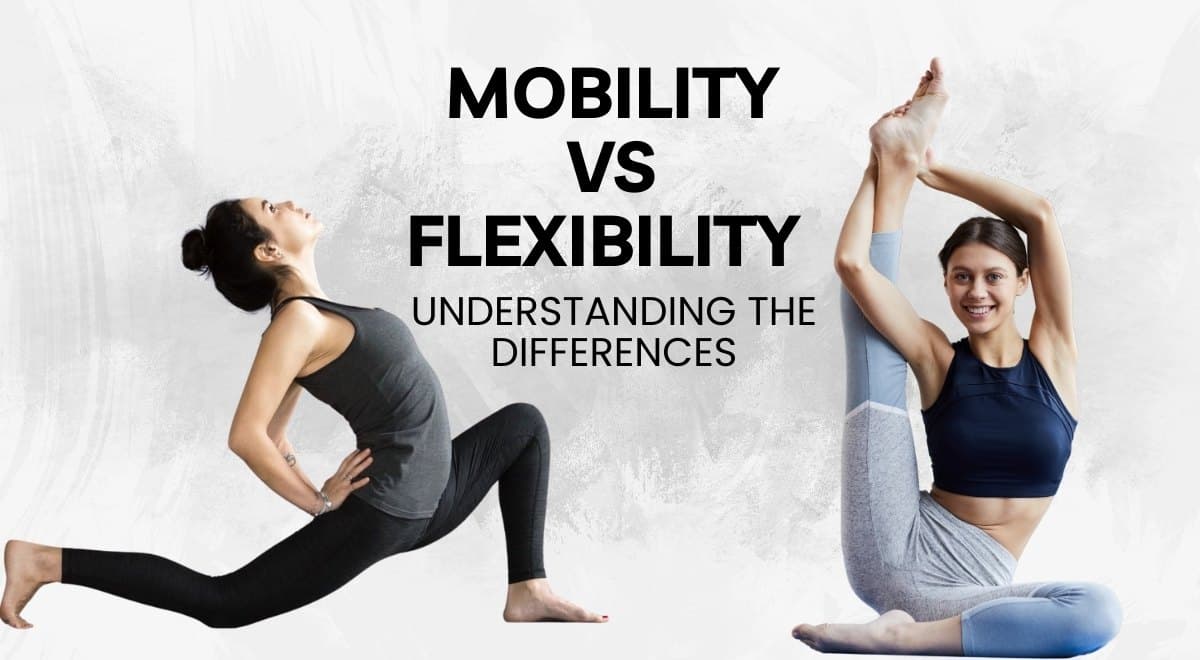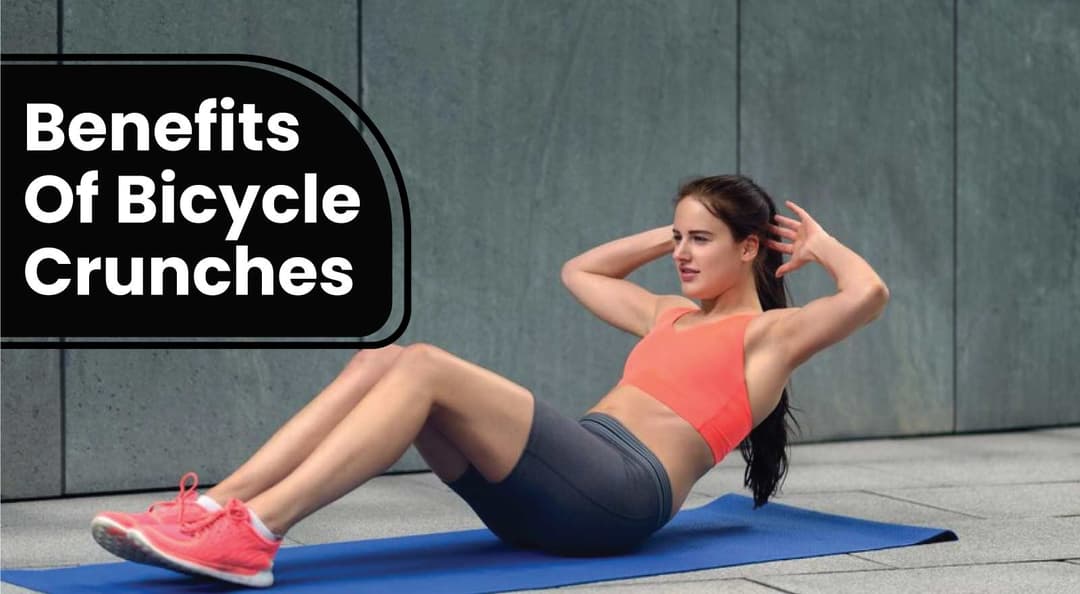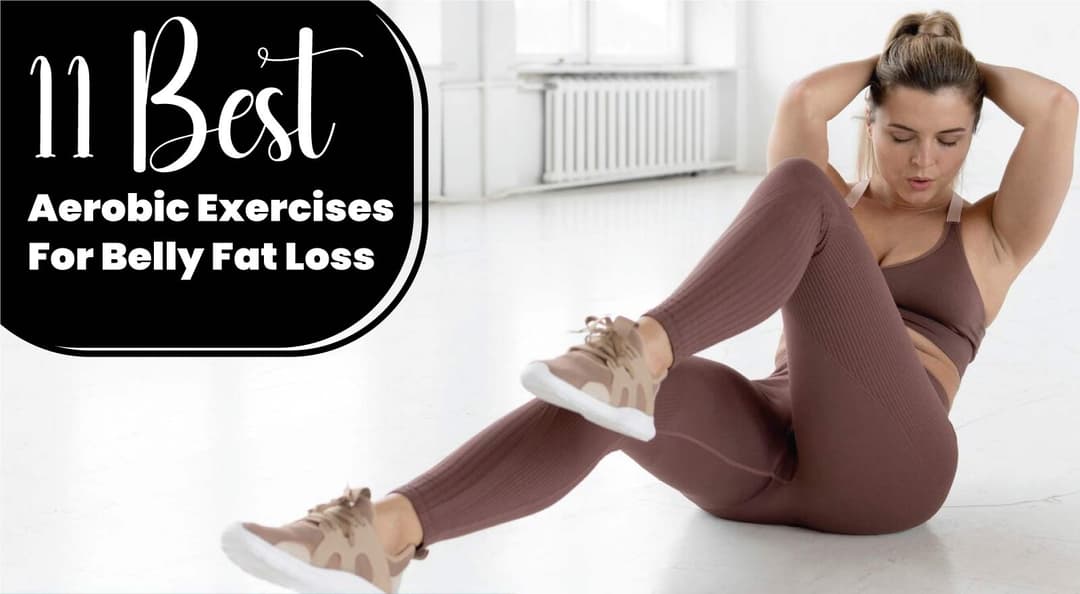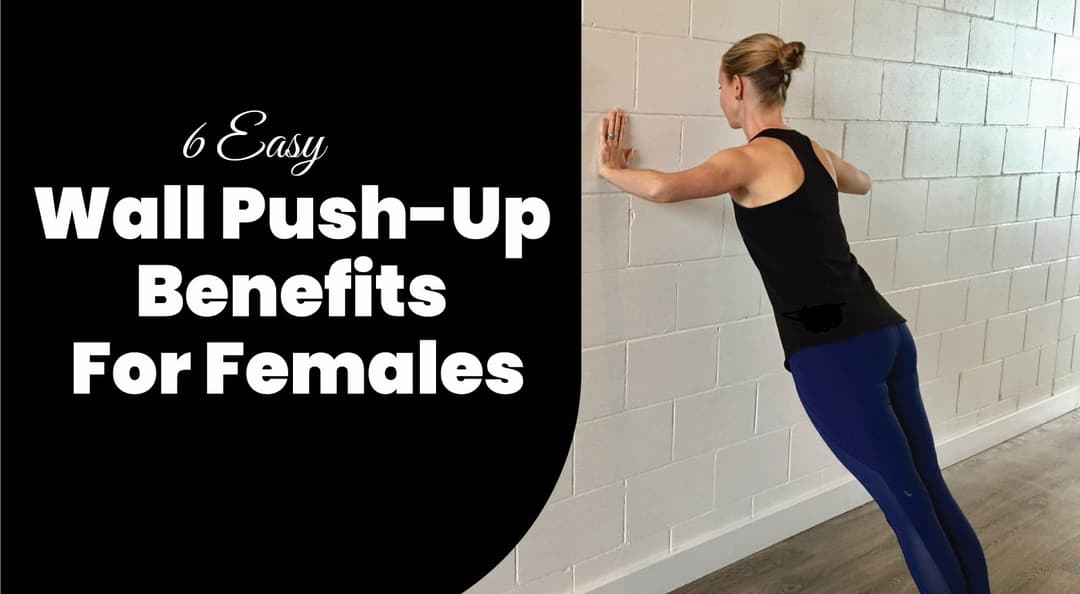Many of us use the words mobility and flexibility interchangeably, but although they are related terms, they mean different things!
In simple terms, flexibility refers to how much a muscle can stretch or lengthen. It's about how far you can move a muscle without feeling tight. Mobility, on the other hand, is the joint’s ability to move freely in its full range of motion with control and ease. It’s about both flexibility and strength working together to allow smooth movement. So, flexibility is about muscle stretch, and mobility is about joint movement with control.
While they’re closely related, they are both important components of a healthy and fit body, making it important to train for both mobility and flexibility.
In this blog, we will further examine the key differences between mobility and flexibility, their individual benefits and how to improve them.
Table of Contents
- What’s The Difference Between Mobility & Flexibility?
- Mobility vs Flexibility: Their Importance
- Factors That Can Affect Mobility & Flexibility
- How To Improve Mobility & Flexibility?
- Can You Have Mobility Without Flexibility?
- Expert’s Advice
- The Final Say
- FAQs
- References
What’s The Difference Between Mobility & Flexibility?
Let’s define both of these terms and look at their differences:
What is mobility? | What is flexibility? |
Mobility refers to how the joint moves through the normal range of movement. This range of motion varies depending on the type of joint.
For example, your articulated knee joint moves backwards and can also rotate slightly in and out. Your shoulder joints have the ability to move in a circular movement or back and forth. | Flexibility is the ability to temporarily stretch the muscle. It’s the ability of muscles, tendons, and even ligaments to stretch and adapt to different movements without causing strain or injury.
An example of flexibility is the ability to touch your toes without bending your knees! |
The difference between mobility and flexibility
Mobility and flexibility both relate to joints and their extent of movement, and each plays a role in our physical movements.
The key difference between them is that flexibility determines the range of movement for joints, while mobility is the ability to actively move these joints and create controlled body movements.
While mobility concerns the ability to move freely by manipulating different joints along their full movement, flexibility, on the other hand, refers to the ability to take over and maintain extended positions at the edge of the joint range and determine how far this joint can expand.
Also Read: 6 Proven Exercises And Tips for Increasing Flexibility!
Mobility vs Flexibility: Their Importance

Now that we know that mobility and flexibility are different, we should also understand that they serve different purposes and have their own benefits. These are:
Benefits of mobility | Benefits of flexibility |
|
|
Also Read: Learn These 15 Yoga Poses for Flexibility Enhancement And Empower Your Routine!
Factors That Can Affect Mobility & Flexibility
Here’s what may affect one’s mobility and flexibility:
Factors affecting mobility | Factors affecting flexibility |
|
|
Also Read: Build Strength And Flexibility With These Top 3 Exercises For Hamstring Muscle
How To Improve Mobility & Flexibility?
If you’re looking to improve your mobility or flexibility (or both), then do the following:
Improving Mobility
- Dynamic Stretching: Incorporate stretch exercises before the workout, like leg swings, hip circles, and arm swings, to warm up your joints.
- Joint Mobility Exercises: Do exercises that target specific joints, such as hip openers or ankle rotations, to improve range of motion.
- Foam Rolling: Do foam rolling to release tension in muscles and improve joint movement and flexibility.
- Strength Training: Focus on functional strength exercises that improve joint stability and mobility, such as squats, lunges, and deadlifts.
- Consistency: Do regular mobility exercises regularly and target areas of tightness to gradually increase movement over time.
Improving Flexibility
- Static Stretching: Do static stretching after the workout, holding them for 20-30 seconds to lengthen muscles and improve flexibility. Focus more on major muscle groups like hamstrings, quads, and calves.
- Yoga or Pilates: Incorporate these practices into your routine to improve both flexibility and overall body awareness.
- Active Stretching: Perform stretches that involve muscle engagement, such as reaching for your toes and contracting muscles while holding the position.
- PNF Stretching (Proprioceptive Neuromuscular Facilitation): Alternate between stretching and contracting muscles to enhance flexibility more effectively.
Also Read: Here Are 5 Best Flexibility Exercises And Types Of Stretches You Need to Know
Can You Have Mobility Without Flexibility?
Yes, you can have mobility without having a high level of flexibility. Although flexibility is part of mobility, it is not the only factor, and you can have good movement of the joints (mobility), even if your muscles are not too flexible. This is because mobility also includes factors like joint stability, strength and neuromuscular control.
Example: A person with very tight hamstrings could still be able to perform a squat with good form and range of motion (mobility) if they have good joint stability.
Also Read: 8 Stretching Exercises For Trapezius With Ways To Loosen The Tight Muscles & Relieve Pain!
Expert’s Advice
Mobility and flexibility are both different and important. If you want to improve both, I recommend starting with gentle stretches or mobility exercises and gradually increasing intensity. Pushing too hard before easing into it can lead to injury. Aim to improve over weeks and months, not days.
Health Expert
Lavina Chauhan
The Final Say
In conclusion, mobility and flexibility are two words that are often used interchangeably when we talk about fitness, but they are different and important for different reasons. It’s also important to remember that mobility and flexibility are both important if you want to avoid injury and be more athletic. So, include mobility and flexibility exercises into your routine for a more athletic you!
FAQs
1. Which comes first, mobility or flexibility?
Mobility typically comes first, as it focuses on joint movement and stability, which is essential before improving muscle flexibility.
2. Can you have mobility without flexibility?
Yes, you can have mobility without flexibility, as mobility involves joint movement and stability, while flexibility focuses on muscle length and stretch.
References
- https://www.issaonline.com/blog/post/mobility-vs-flexibility-whats-the-difference
- https://oneplayground.com.au/blog/understanding-mobility-flexibility/
- https://batonrougeclinic.com/news-education/the-difference-between-mobility-and-flexibility
- https://www.guthrie.org/blog/difference-between-mobility-and-flexibility
- https://www.nutrisense.io/blog/mobility-vs-flexibility?srsltid=AfmBOop_YP8QoprBL764KsrvTHZAzzy2T4LlzQmlaKkpNCEcKZQIpRg0
- https://health.ucdavis.edu/blog/cultivating-health/how-to-improve-your-stretching-and-flexibility-for-better-health/2024/10
- https://www.muscleandfitness.com/workouts/workout-tips/how-to-improve-flexibility-and-mobility-without-stretching/
- https://petersenpt.com/mobility-vs-flexibility
About ToneOp Fit
ToneOp Fit is a platform dedicated to improving and maintaining good health through a comprehensive range of goal-oriented health plans with up to 3 Coach support. With a range of Weight Management, Medical Condition, Detox Plans, and Face Yoga Plans, the app also provides premium health trackers, recipes and health content. Get customised diet, fitness, naturopathy & yoga plans and transform yourself with ToneOp.










































